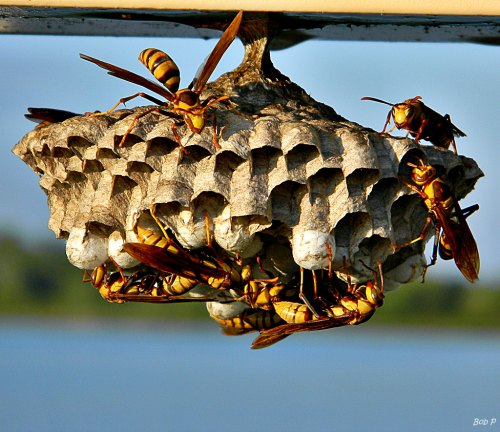Social wasps are considered pests when they become excessively common, or nest close to buildings. People are most often stung in late summer and early autumn, when wasp colonies stop breeding new workers; the existing workers search for sugary foods and are more likely to come into contact with humans. Wasp nests made in or near houses, such as in roof spaces, can present a danger as the wasps may sting if people come close to them. Stings are usually painful rather than dangerous, but in rare cases, people may suffer life-threatening anaphylactic shock. Basically, a regular wasp control plan should be follow to keep their activity under control.

Types of wasps
There are around 10,000 wasp species and 2000 bee species in Australia. As a common insects, all of them have valuable roles in our ecosystems. However, they can be categories as pests when they nesting in or around our property. The most common wasps you are likely to encounter are the European and English wasp, and both of these species have a painful sting. You may also come across paper wasps, which build their nests on the underside of branches or leaves and are less aggressive. Mud wasps may also be present, but these are solitary and generally not aggressive. Following are some of the common wasps and bees species that you can encounter in Australia as pests:
- European wasp and English wasp
- Honey bee
- Mortar bee
- Yellow jackets (social wasp)
- Carpenter bees
Wasps control methods:
Following are the common ways of wasps control:
1. Hang wasp traps
2. Spray wasp nests
3. Remove wasp nest
